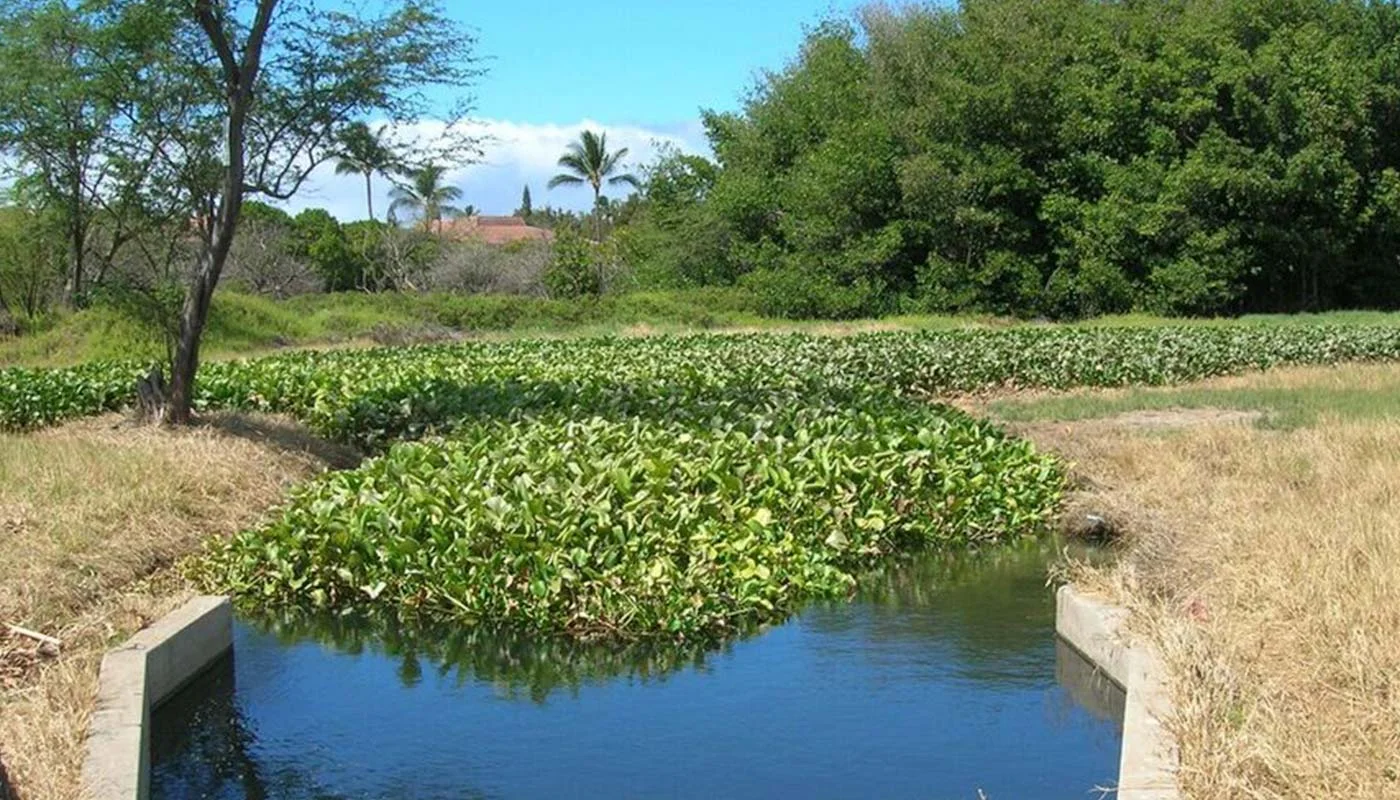WHY should you CARE ABOUT INVASIVE SPECIES?
Invasive species are highly destructive, and if left unchecked will destroy Idaho’s natural beauty and economy. Hydrilla and Eurasian watermilfoil are examples well known for their ability to alter physical and biological functions of aquatic systems like water quality, recreational uses of water, and fisheries. Saltcedar or Tamarix spp. seriously degrades wetlands, completely drying up some lakes, ponds, and river areas along with altering soil chemistry. Bullfrogs are aggressive predators that will eat anything that fits in their mouths—including native fish, ducks, and turtles.
For many people, the term “invasive species,” by itself, may not raise particularly frightening images. After all, purple loosestrife is an attractive plant growing along the edge of wet areas, red-eared sliders were the cute turtle from your 3rd-grade science class, and weeds are just something you spray if they appear in your yard. Unfortunately, this impression is incorrect. Species like white pine blister rust, zebra mussels, Asian gypsy moth, yellow star thistle, New Zealand mudsnails, cereal leaf beetle and Medusahead rye—are all organisms that threaten the interests of all Idahoans, from our recreational pursuits to our ability to help feed the nation.
Environmental and Economic Impacts
Invasive species cause irreparable damage to the biodiversity and productivity of invaded ecosystems. Establishment within these systems can lead to millions of dollars in economic damages and result in the extinction of local species.
WATERWAYS
Aquatic invasive species disrupt water delivery, power generation, recreation, and damage fisheries by changing the ecological dynamics in an infested water system. These changes not only harm the environment but can also cause extensive damage to water based infrastructure.
RANGELANDS
Noxious weeds diminish forage production for all classes of herbivores and reduce habitats for small birds and animals. They make rangelands unusable for wildlife and livestock and can also increase fire regimes causing extensive economic damage.
WATERSHEDS
Watersheds dominated by noxious weeds tend to be less efficient in absorbing and storing water resulting in decreased productivity, increased fire occurrence, and increased soil erosion. Millions of dollars are spent on watershed restoration projects around the country and are a big concern for natural resource managers.
CROPLANDS
Invasive plants and organisms threaten agriculture by interfering with crop production through direct competition for space and by the introduction of new pathogens and diseases. Decreases in production output and increases in management costs threaten to seriously impact Idaho's agribusiness economy.
FORESTLAND
Invasive pests and pathogens attack trees which degrades forest health and increases fire frequency. Damaged systems heavily impact natural resources dependent industries such as logging, hunting, fishing, hiking and wildlife watching.
+ Photo credits
(banner) Forest and Kim Starr, Starr Environmental, Bugwood.org / (waterways) Gemma Grace, “Zebra Mussels" April 9, 2005 via Flickr, Creative Commons Attribution / (rangelands) University of Idaho, University of Idaho, Bugwood.org / (watersheds) Dave Powell, USDA Forest Service (retired), Bugwood.org / (croplands) Gerald Holmes, California Polytechnic State University at San Luis Obispo, Bugwood.org / (forestlands) Daniel Adam, Office National des Forêts, Bugwood.org

